16 Rare Wildlife Encounters You Can Only Have in These Places
There are places on Earth where rare wildlife encounters are a part of the experience. These destinations are home to animals that are seldom seen elsewhere, making them a must-visit for nature lovers. Each location provides a unique opportunity to witness the beauty and diversity of the natural world. Whether in a hidden jungle or a remote desert, these places offer something special for those willing to explore. Encountering wildlife in such pristine environments is a truly unforgettable experience.
This post may contain affiliate links, which helps keep this content free. Please read our disclosure for more info.
Galapagos Islands, Ecuador
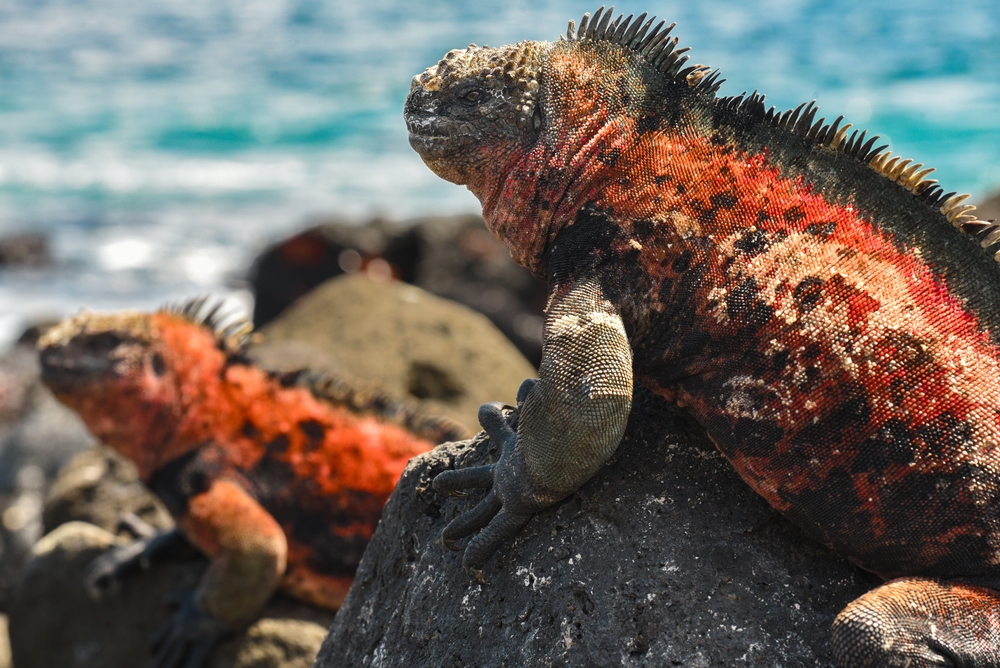
The Galapagos Islands are home to some of the most unique wildlife in the world, offering encounters that cannot be found elsewhere. Species like the Galapagos giant tortoise, marine iguanas, and flightless cormorants are just a few examples of the islands’ extraordinary inhabitants. There are over 9,000 species of animals and plants found in the Galapagos, many of which are endemic. Visitors can observe these creatures up close, as the animals are often unafraid of humans.
The islands are a living laboratory of evolution, with animals that have adapted to the environment in fascinating ways. The Galapagos are a UNESCO World Heritage site and have strict conservation laws to protect their delicate ecosystems. Birdwatchers can also spot rare species like the blue-footed booby and Darwin’s finches. These encounters offer a once-in-a-lifetime opportunity to witness the diversity of life on Earth.
Madagascar
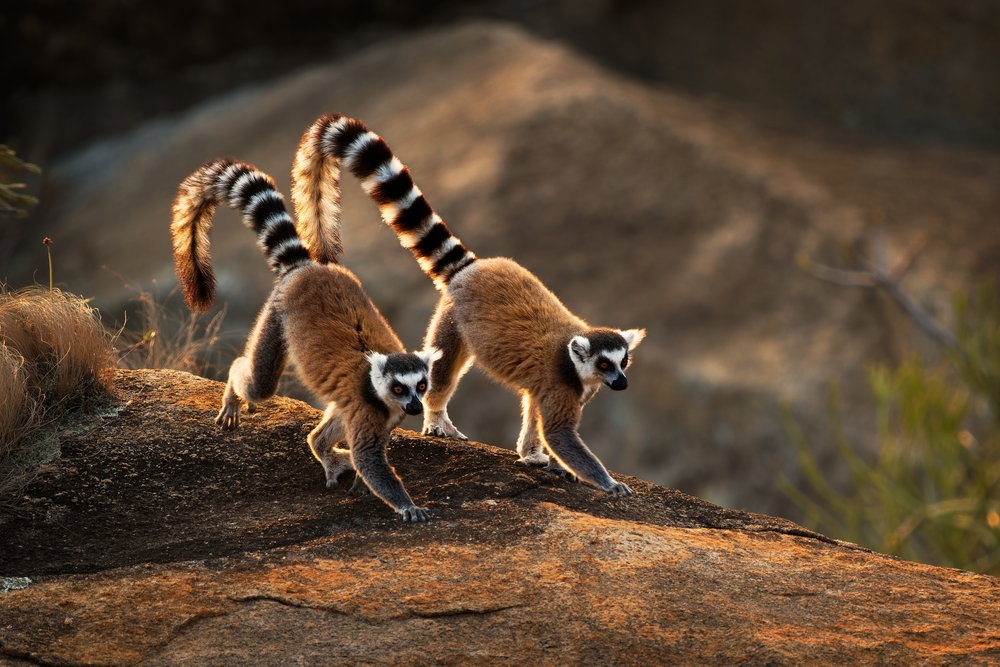
Madagascar is a haven for rare wildlife, home to species found nowhere else on the planet. The island is famous for its lemurs, including the ring-tailed lemur and the critically endangered indri, the world’s largest lemur. In addition to lemurs, Madagascar is home to many other endemic species, such as the fossa, a cat-like predator, and colorful chameleons. With over 200 species of frogs and 100 species of birds, the island is a paradise for wildlife enthusiasts.
Madagascar’s unique ecosystems, from rainforests to dry spiny forests, provide a home to these extraordinary creatures. The island has experienced significant habitat loss due to deforestation, which makes conservation efforts essential. Travelers can visit national parks like Andasibe-Mantadia or Isalo to experience the island’s rare wildlife firsthand. The rich biodiversity of Madagascar offers one of the most exceptional wildlife encounters in the world.
Borneo, Malaysia
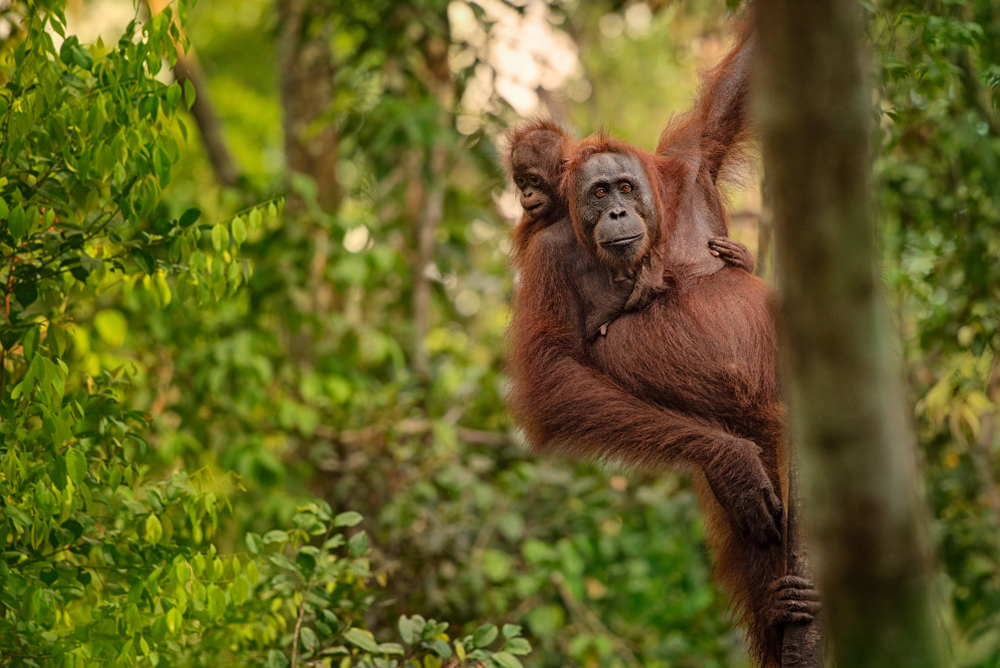
Borneo’s rainforests are teeming with rare wildlife, including some of the world’s most endangered species. The island is home to the critically endangered Bornean orangutan, pygmy elephants, and the proboscis monkey. Borneo also boasts diverse wildlife such as clouded leopards, sun bears, and various species of hornbills. With over 600 species of birds and a wide variety of reptiles and amphibians, Borneo is a paradise for wildlife lovers.
The island’s rainforests are vital for these animals’ survival, but they are increasingly threatened by deforestation and habitat destruction. Visitors can explore Borneo’s national parks, such as Sabah’s Danum Valley, to witness these rare animals in their natural habitat. The experience of spotting an orangutan in the wild is a memorable moment for any wildlife enthusiast. Borneo remains one of the most biodiverse places on Earth.
Komodo Island, Indonesia
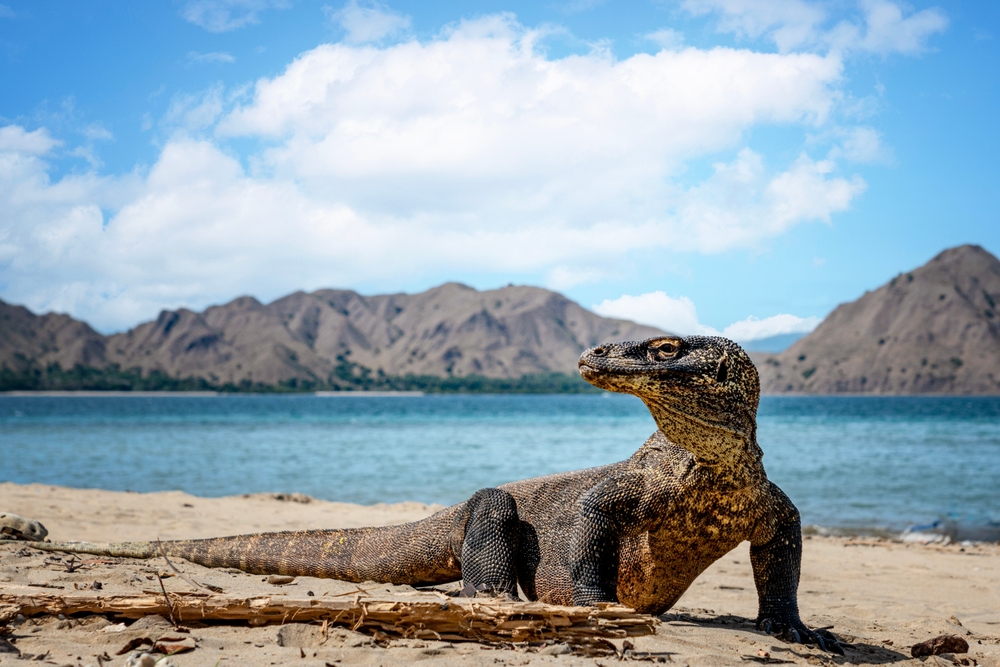
Komodo Island is famous for being the home of the Komodo dragon, the largest living lizard species on Earth. These ancient reptiles, which can grow up to 10 feet in length, are found nowhere else in the world. Komodo Island is part of the Komodo National Park, which is also home to a wide variety of marine life, including manta rays, sharks, and vibrant coral reefs. The park is a UNESCO World Heritage site with strict regulations to protect the delicate ecosystem.
In addition to the Komodo dragon, the island is home to over 100 species of birds, such as the colorful green jungle fowl. Visitors can hike the island with park rangers to safely observe the dragons in their natural habitat. Komodo Island is a unique place where land and sea life meet, offering an unforgettable wildlife encounter. The combination of terrestrial and marine biodiversity makes it a rare destination for wildlife enthusiasts.
Polar Regions (Arctic and Antarctic)
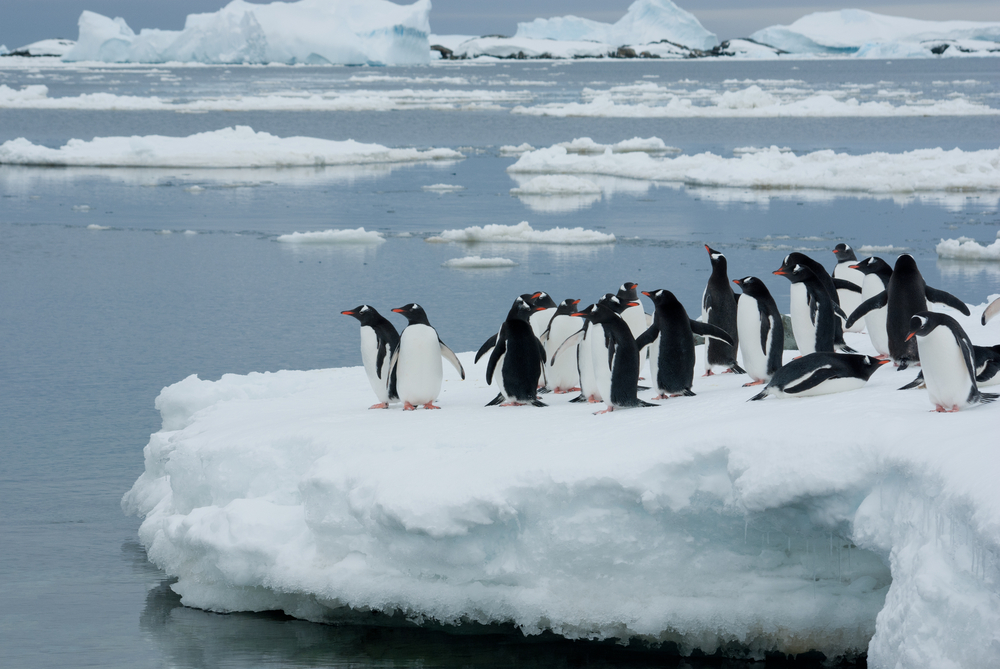
The polar regions offer wildlife encounters that are unlike any other place on Earth. In the Arctic, travelers can see polar bears, walruses, and arctic foxes, while the Antarctic is home to penguin species such as the emperor penguin. Both regions are home to diverse marine life, including whales, seals, and seabirds. The extreme conditions make these regions delicate ecosystems that require careful protection.
Both the Arctic and Antarctic are considered wilderness areas, with only a few opportunities to visit due to their remote locations. Polar bear sightings in the Arctic are particularly rare and highly sought after by wildlife photographers. The penguin colonies in Antarctica provide a chance to see thousands of birds huddled together in the freezing environment. The polar regions are truly unique places for wildlife encounters.
Yellowstone National Park, USA
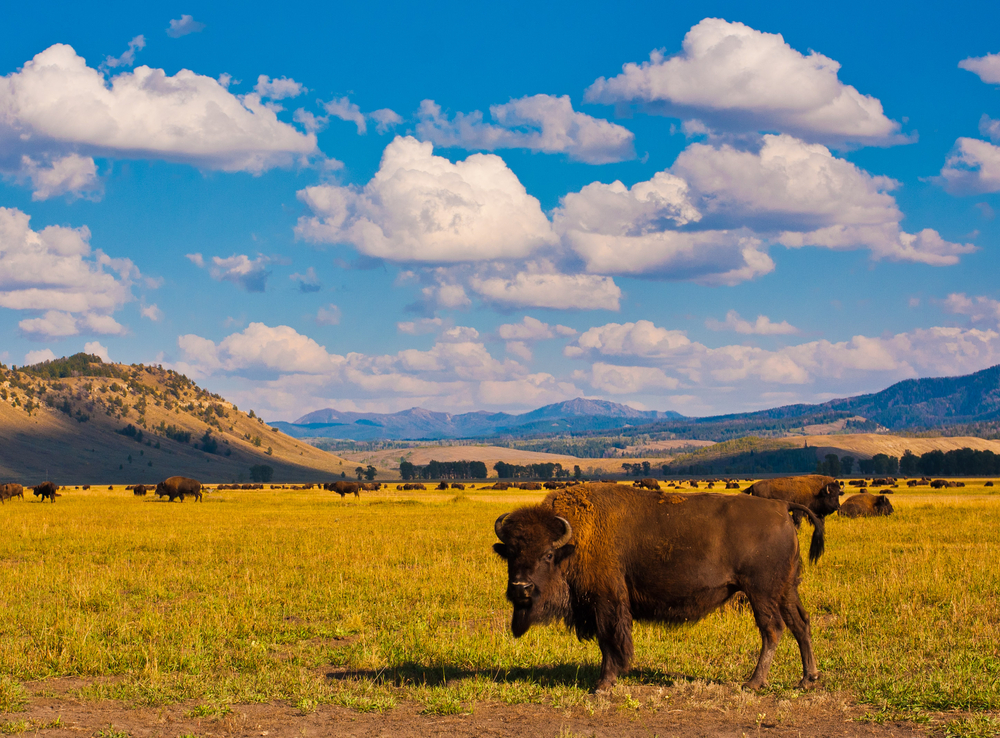
Yellowstone National Park is one of the best places in the United States to witness North America’s iconic wildlife. The park is home to bison, elk, grizzly bears, and wolves, all of which roam freely through its vast landscapes. Yellowstone is also famous for its hot springs and geysers, but the diverse wildlife is what draws many visitors. The park has over 100 species of mammals, making it a hotspot for wildlife enthusiasts.
The park is a living example of the wild beauty of the American West, with animals inhabiting its diverse ecosystems. Yellowstone’s efforts to reintroduce wolves into the park have been successful, and today, wolf sightings are a prized experience. Bison, the park’s symbol, can be seen in large herds, especially in the winter months. Yellowstone offers one of the best opportunities to see wild animals in their natural environment in the United States.
Costa Rica

Costa Rica is home to a wide variety of wildlife, from exotic birds to vibrant amphibians and mammals. The country boasts over 500,000 species of wildlife, making it one of the most biodiverse places on Earth. Some of the rare wildlife you can encounter include the resplendent quetzal, the endangered jaguar, and howler monkeys. Costa Rica is also famous for its vast rainforests and cloud forests, which house many of these animals.
Visitors can explore various national parks such as Manuel Antonio, Corcovado, and Tortuguero to experience the country’s rich wildlife. The country’s diverse ecosystems, ranging from rainforests to dry forests, create unique habitats for many species. Birdwatching is particularly popular in Costa Rica, where rare species like the scarlet macaw can be spotted. Costa Rica’s commitment to conservation has helped preserve its incredible wildlife for generations to come.
New Zealand
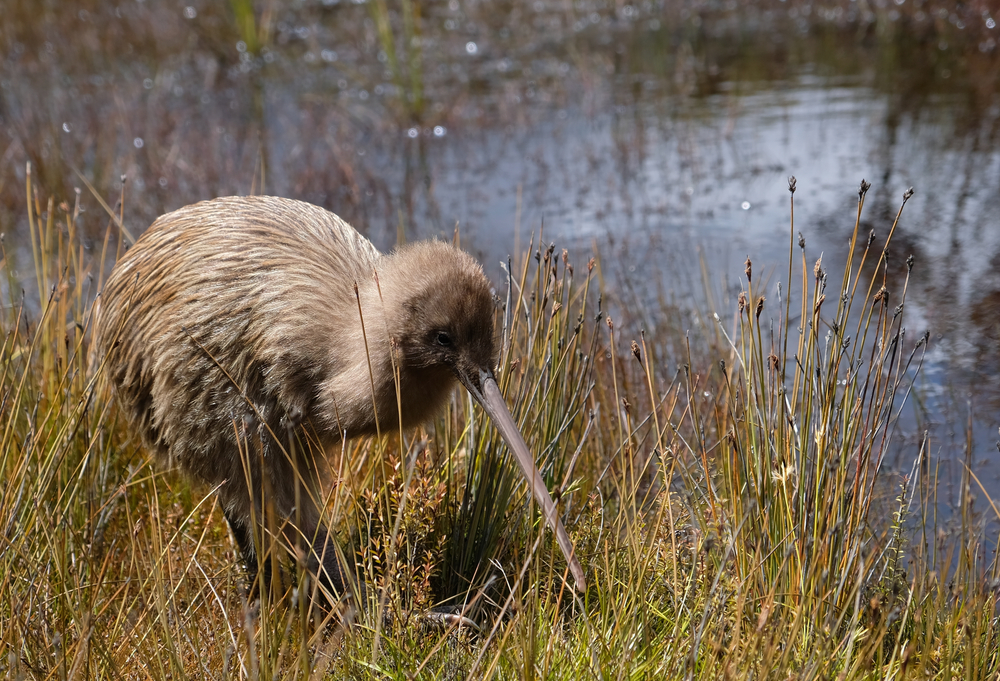
New Zealand is known for its remarkable wildlife, much of which cannot be found anywhere else in the world. The kiwi, a flightless bird and national symbol, is one of the rarest species in the world. New Zealand’s isolated islands have allowed species like the kakapo parrot and the tuatara reptile to thrive without the threat of predators. These unique creatures make New Zealand a paradise for wildlife lovers.
The country’s diverse ecosystems, from lush forests to rugged coastal cliffs, provide the perfect setting for these rare species. New Zealand has taken great strides in protecting its wildlife, with many reserves and sanctuaries dedicated to preserving endangered species. Travelers can explore places like Stewart Island or Zealandia to encounter these rare animals in their natural environments. New Zealand’s wildlife offers an unparalleled experience for those looking to see animals that are truly unique.
Sri Lanka
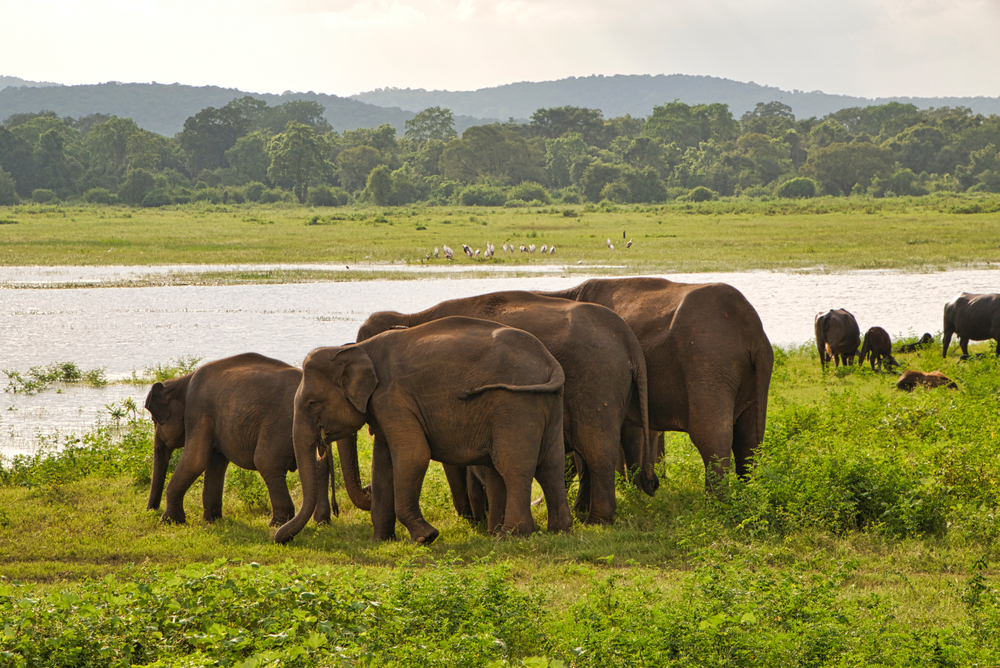
Sri Lanka is a top destination for wildlife enthusiasts, offering a chance to see rare species in their natural habitats. The island is home to unique wildlife such as the Sri Lankan elephant, leopards, and a variety of bird species like the Sri Lanka blue magpie. The country’s national parks, such as Yala and Udawalawe, offer opportunities to see these animals in the wild. Sri Lanka’s wildlife is diverse and thriving, with over 20 national parks dedicated to preserving its species.
In addition to its terrestrial wildlife, Sri Lanka also boasts diverse marine life, including blue whales and dolphins. The island’s ecosystems range from tropical rainforests to coastal wetlands, creating the perfect environment for wildlife. Sri Lanka’s commitment to conservation and eco-tourism makes it an attractive destination for those interested in rare wildlife encounters. Visitors can enjoy guided safaris to spot animals in their natural surroundings.
Bali, Indonesia
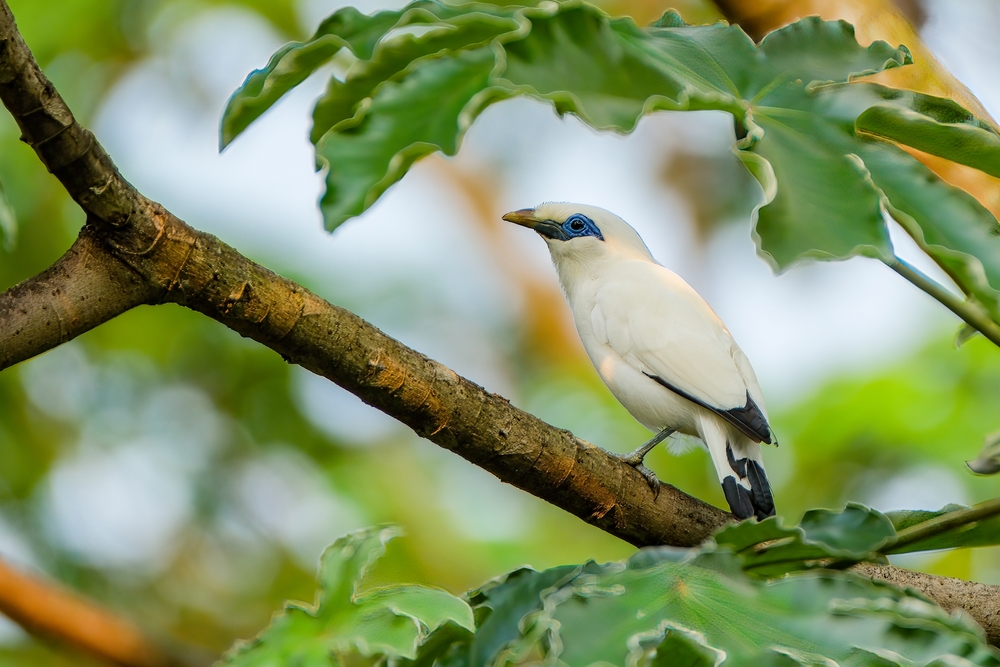
Bali, known for its beautiful landscapes, is also home to unique wildlife that attracts nature lovers and photographers alike. The island is home to rare species such as the endangered Bali myna, the long-tailed macaque, and various reptiles. Bali’s jungles and rice terraces provide perfect environments for these species. Visitors can explore Ubud’s Monkey Forest Sanctuary to get close to the island’s macaques and observe their playful behaviors.
Bali’s surrounding marine areas also host rich biodiversity, including sea turtles, manta rays, and vibrant coral reefs. The island’s conservation efforts focus on protecting endangered species and their habitats. Bali’s combination of terrestrial and marine wildlife makes it an excellent destination for those seeking a diverse wildlife experience. With its unique blend of nature, culture, and wildlife, Bali offers a rare opportunity for unforgettable encounters.
Zambia
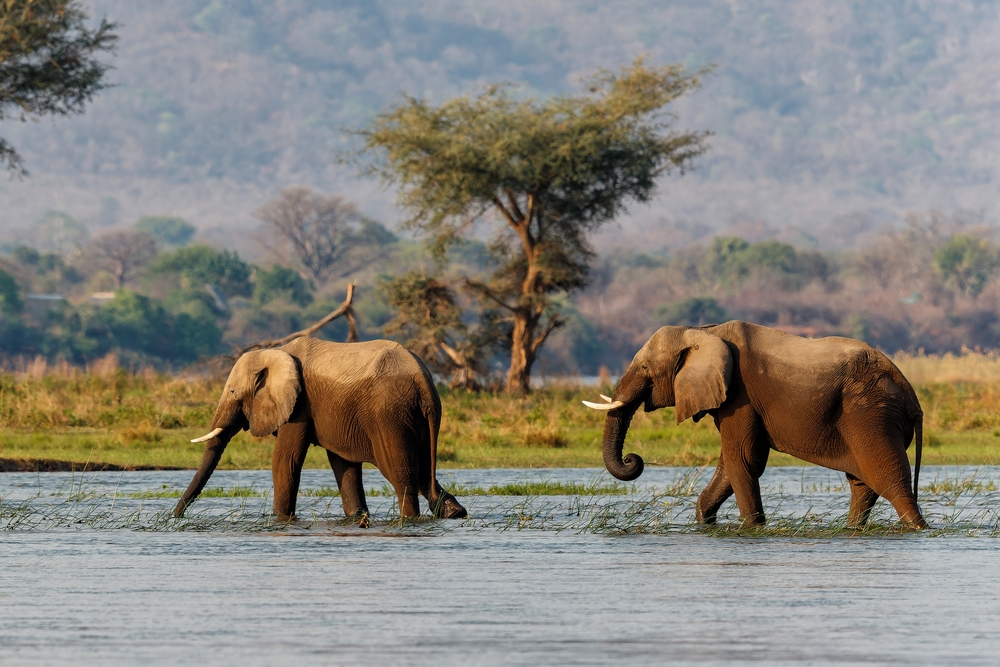
Zambia offers some of the most unique wildlife experiences in Africa, with vast landscapes full of rare animals. It is home to a large population of elephants, as well as endangered species such as the wild dog and rhino. The South Luangwa National Park is known for its leopard population, offering an extraordinary opportunity to spot these elusive big cats. Zambia’s diverse wildlife can be seen in both its national parks and protected reserves.
The country’s walking safaris provide a more intimate experience with nature, allowing visitors to get close to the animals. Zambia is also home to the Lower Zambezi National Park, where you can find diverse species of birds, mammals, and reptiles. Wildlife conservation efforts in Zambia have helped to preserve these rare species, ensuring that future generations will have the chance to experience them. For wildlife enthusiasts, Zambia remains one of Africa’s hidden gems.
Botswana
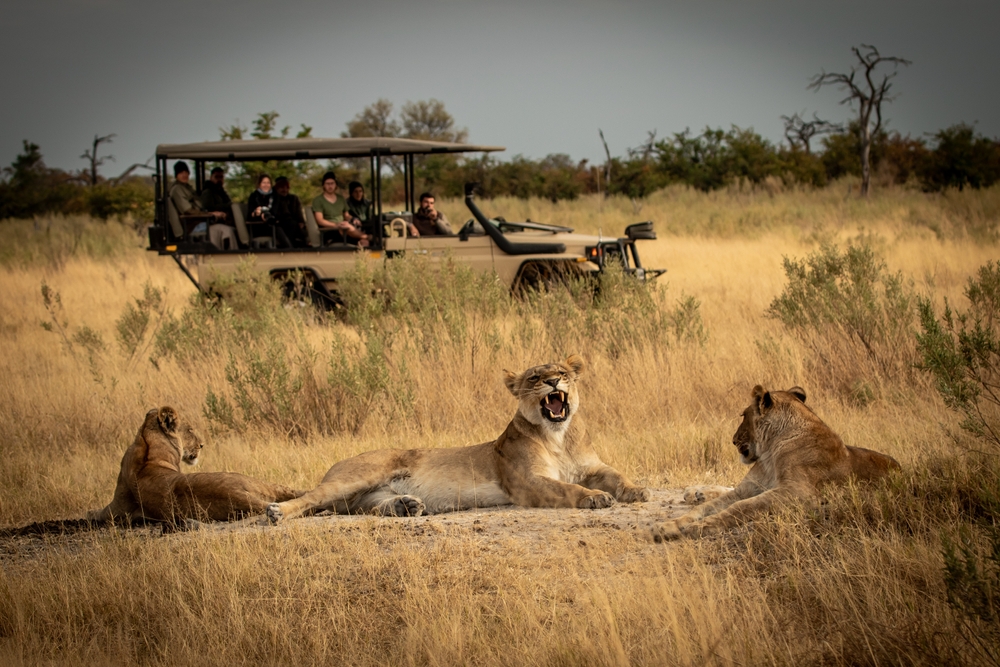
Botswana’s Okavango Delta is one of the most biodiverse regions in Africa, offering the rare chance to encounter wildlife in a pristine setting. The area is home to a wide range of animals, including African elephants, lions, and wild dogs. The delta’s wetlands attract thousands of migratory birds, including pelicans and storks. Botswana’s commitment to conservation has made it one of the best places for sustainable wildlife tourism.
Botswana also offers unique safaris, such as mokoro (canoe) rides through the delta, which provide a peaceful way to see animals in their natural habitats. The Kalahari Desert, another notable region in Botswana, is home to a variety of species that have adapted to the harsh environment. With its vast protected areas and diverse wildlife, Botswana offers rare and enriching wildlife encounters for all types of travelers. It is a prime destination for those wanting to see wildlife in their natural, undisturbed surroundings.
Norway
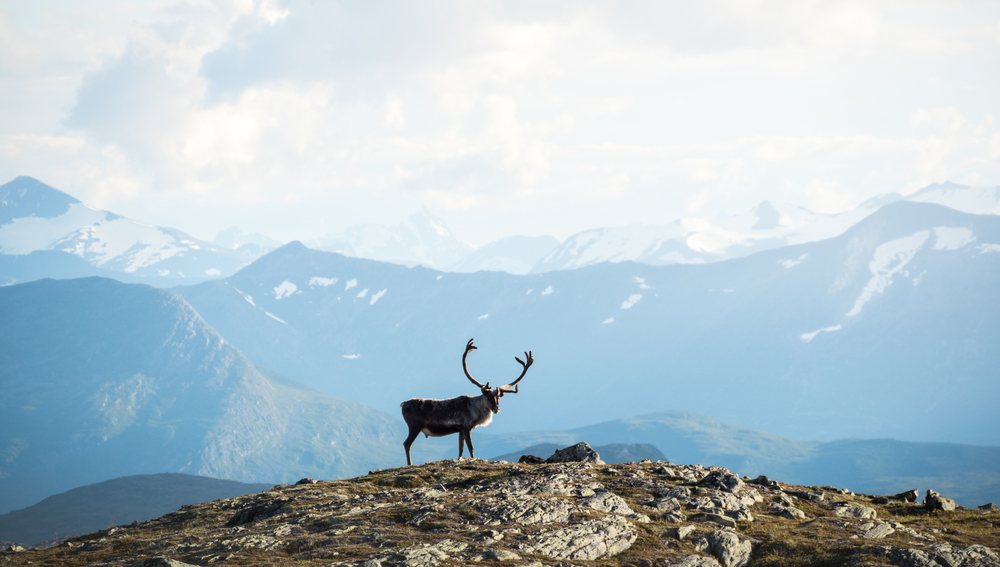
Norway is home to some of Europe’s most unique wildlife, offering rare sightings of animals in their natural habitats. The country’s Arctic region is where visitors can see polar bears, reindeer, and Arctic foxes. In the summer months, Norway’s coast also hosts large populations of seabirds, including puffins. Norway’s national parks and wilderness areas provide ample opportunities for wildlife enthusiasts to explore these rare species.
The country’s pristine, remote landscapes make it one of the best places for observing wildlife in Europe. Northern Norway is particularly famous for its biodiversity, especially during the summer when migratory birds return to the region. Tourists can also enjoy whale-watching tours in places like Tromsø, where orcas and humpback whales are often spotted. Norway’s natural beauty, combined with its diverse wildlife, makes it a top destination for unique wildlife encounters.
Finland
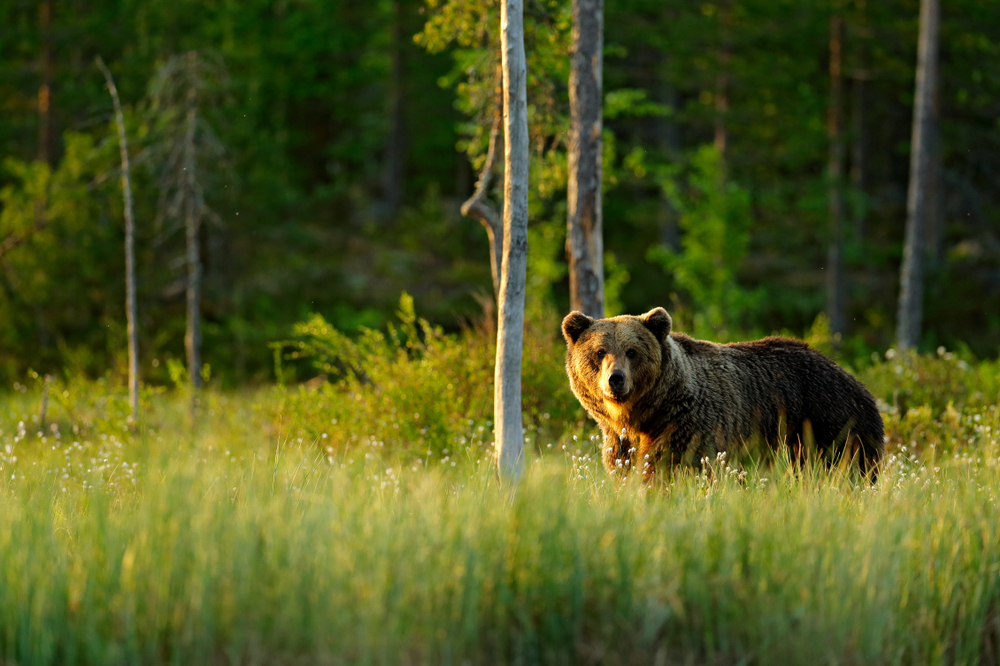
Finland offers the chance to see rare wildlife in some of Europe’s most tranquil forests. The country is home to species such as the Eurasian lynx, brown bears, and moose. Finland’s wild forests, especially in regions like Lapland, provide the perfect backdrop for these rare animals. Visitors can participate in guided wildlife safaris to catch glimpses of these animals in their natural habitats.
In addition to its terrestrial wildlife, Finland’s lakes and waterways attract otters, beavers, and numerous bird species. The country’s dedication to preserving its natural habitats has made it a haven for wildlife. Finland’s remote and peaceful environment ensures that these animals are not disturbed by human activity, offering an authentic wildlife experience. The opportunity to see these rare creatures in the wild is one of Finland’s greatest attractions for nature lovers.
Kenya
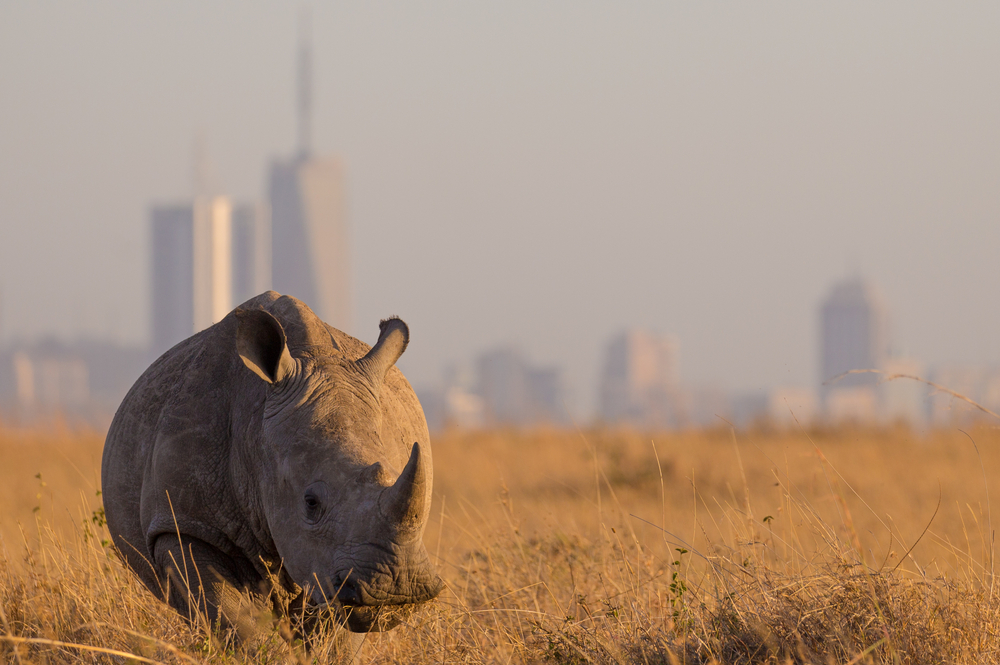
Kenya is known for its world-class safaris and its diverse wildlife population, including the Big Five – lions, elephants, buffaloes, leopards, and rhinoceroses. The Maasai Mara National Reserve is one of the best places to see these animals in their natural environment, especially during the annual wildebeest migration. Kenya’s national parks and reserves, such as Amboseli and Tsavo, offer rare and unforgettable wildlife encounters.
Kenya’s rich ecosystems, from savannas to mountains, provide a home for a variety of animals, including cheetahs, giraffes, and zebras. Birdwatchers will also appreciate the over 1,000 species of birds found across the country. Kenya’s well-established conservation programs help protect its wildlife, ensuring sustainable tourism and preserving these animals for future generations. For those looking to experience Africa’s wildlife at its best, Kenya offers some of the most exceptional encounters.
Nepal
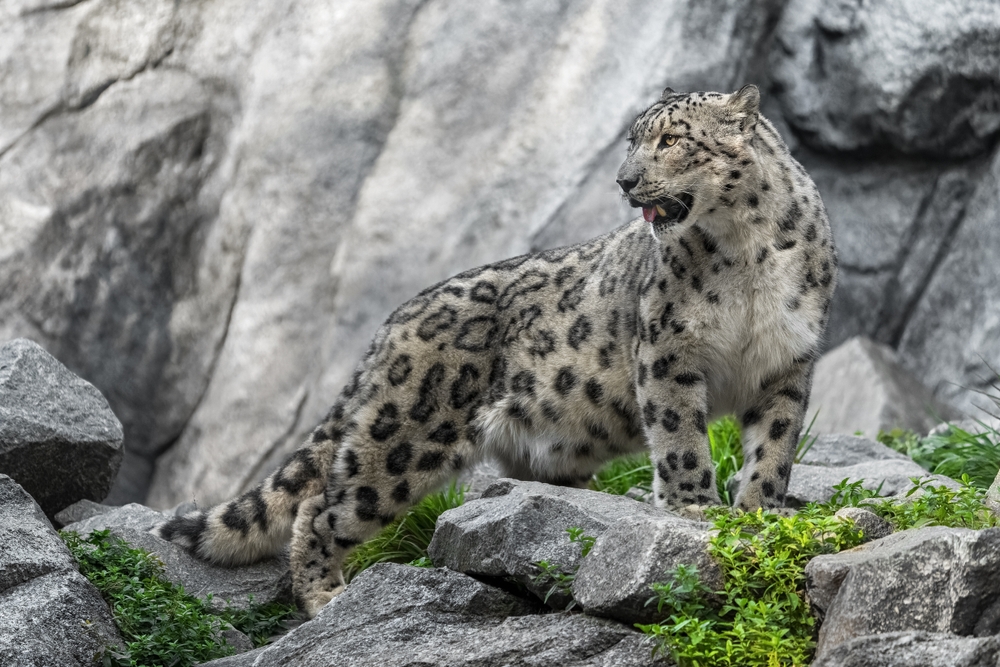
Nepal, famous for its mountainous landscapes, is also home to rare wildlife, including the elusive snow leopard and the red panda. The country’s national parks, such as Chitwan and Bardia, offer the opportunity to spot tigers, rhinoceros, and elephants in their natural habitat. Nepal’s biodiversity is exceptional, with unique species adapted to the rugged terrain of the Himalayas. The value of these rare encounters makes Nepal a top destination for wildlife enthusiasts.
Nepal’s conservation efforts have helped protect endangered species, especially in areas like the Annapurna Conservation Area. The country’s diverse ecosystems, ranging from lowland jungles to high mountain forests, provide a variety of habitats for different wildlife. Visitors can enjoy guided treks to see animals like the Himalayan tahr and musk deer in the wild. Nepal’s commitment to preserving its wildlife ensures that these rare species will continue to thrive.
Visiting these places offers the opportunity to experience the natural world in its most authentic form. By supporting eco-tourism and conservation, travelers help protect these valuable habitats for future generations. These rare wildlife experiences are not just trips, but meaningful journeys into the heart of nature.
This article originally appeared on Avocadu.
